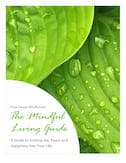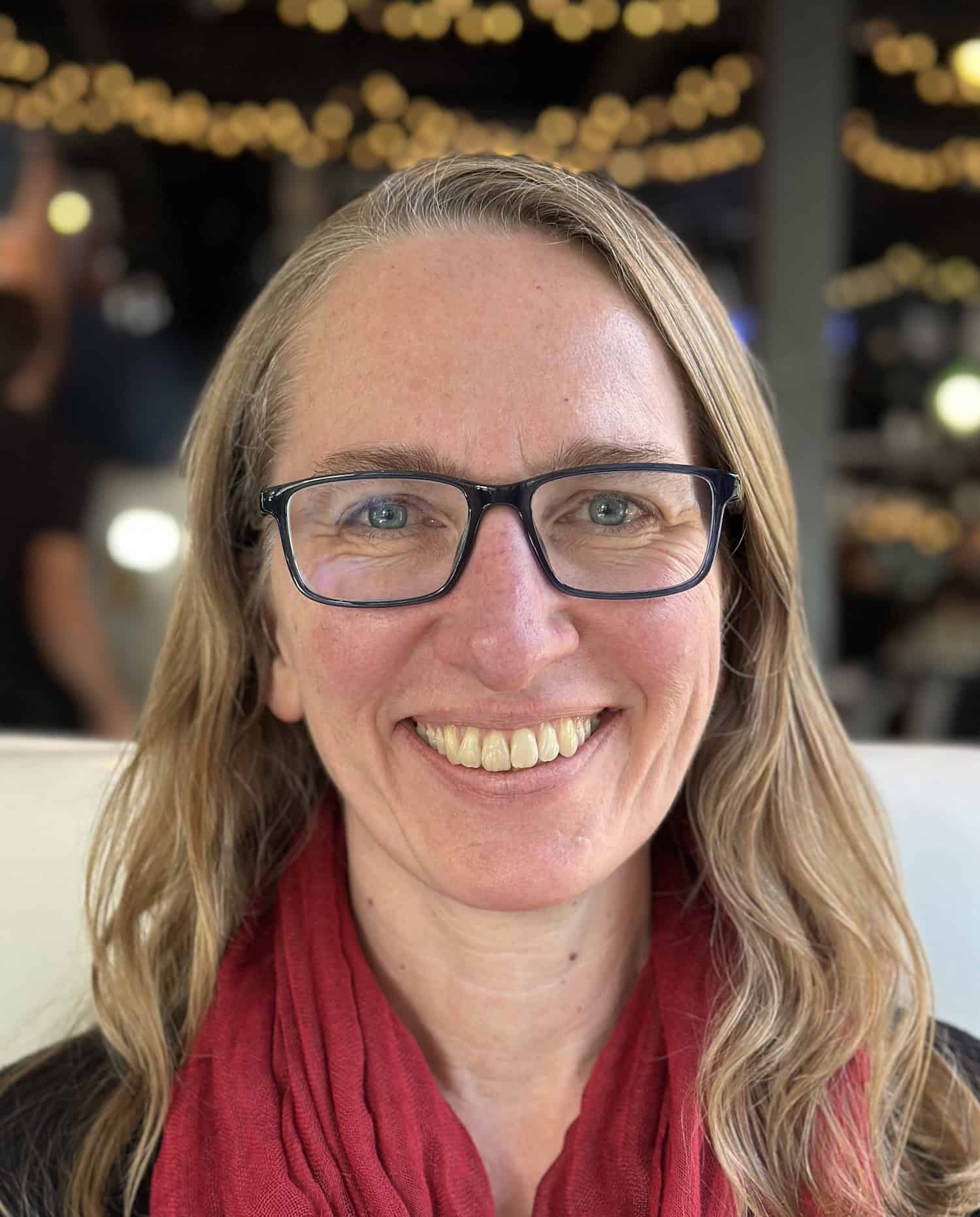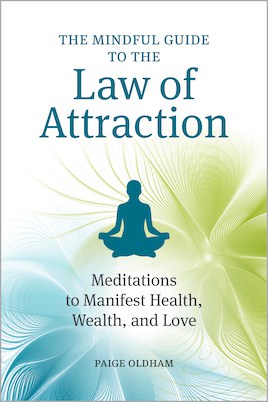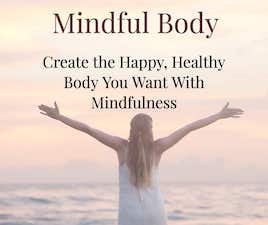If you have young kids, you have a busy life. Add to that a romantic relationship and a job and you start to think that you have to cut things out of your life that you value in order to make it all work. Usually, the first things to go are the things that give you energy and feed your soul because you feel like you have to take care of everyone else in your life first.
I’ve definitely felt this way. I’ve got three kids, ages 5, 9 and 11, a full-time job as a finance exec with an hour and a half commute each way and a totally amazing husband. I often feel like I’m not spending enough quality time with my family or enough time nurturing myself.
It’s easy to focus on the negatives in any situation instead of acknowledging all the good. I feel like I should be doing a better job at all this but wonder how the heck to make it happen.
 That’s why I jumped at the chance to read and review a new book: I Know How She Does It: How Successful Women Make the Most of Their Time by Laura Vanderkam.
That’s why I jumped at the chance to read and review a new book: I Know How She Does It: How Successful Women Make the Most of Their Time by Laura Vanderkam.
Laura is something of a time management expert having written other books on the topic like What the Most Successful People Do Before Breakfast, 168 Hours: You Have More Time Than You Think, What the Most Successful People Do At Work, Grindhopping, All The Money In The World and What the Most Successful People Do On The Weekend. She’s also the married mother of four small children.
Testing Our Cultural Stories
The storyline goes that “successful” women can’t “have it all.” The cultural story says that women with careers have to make sacrifices. Because of the human bias to focus on the negative, people will generally exaggerate the hours they work and minimize their perception of the time they spend with friends, family and themselves.
To overcome this bias, Laura asked a group of women, married and single, who make over $100,000 per year and have at least one child under eighteen living at home to keep an hourly log of their time for one week. The result was the collection of 1,001 days in the lives of these women. Many of these weekly logs are included in the book in all their beautiful detail.
Laura dubbed this study The Mosaic Project because she wanted to see how these women organized the 168 pieces (hours) of their weekly mosaic to make their lives work.
The overall result was that these women actually worked less and slept more than they thought. They made time for exercise, playing with their kids, spending time with their significant other and having fun times with their friends. They made time for the things that gave them pleasure and meaning, fitting the pieces together like tiles in a mosaic – without adhering to the overly rigid schedules that would eliminate flexibility and spontaneity.
Making the Mosaic Work
The book breaks things down into Work, Home, and Self and describes the specific challenges that many of the women in the project faced and how they managed to make things work. Laura also offers many examples from her own life.
She shares specific strategies that her subjects use to make time for the things that really matter to them. For instance, they work split shifts (working fewer hours in the office plus a few hours after the kids go to bed), take it easy on the housework and guard their leisure time.
Instead of rushing home for dinner, they use breakfast as their meal to spend time together as a family. We do something like that in our house. We call it “hang out time,” and it’s sacred every morning. As soon as we all get up in the morning (or after I’ve done my morning yoga and meditation before going to the office), we all make our coffee or tea and sit on the sofa when it’s cold or out on the porch when the weather is nice. We spend a little relaxed time together talking about whatever comes up. Sometimes it’s only ten minutes and other times, like on the weekends, it could be an hour. By making this investment in our mornings, I don’t feel like I’m missing out on my family’s lives when I get home at 8pm and spend the last hurried hour of the day doing the bedtime routine before we all crash at 9pm.
Laura also suggests that we think in terms of the 168 hours in a week instead of only the 24 hours in a day. Instead of trying to jam everything into every day, be creative with weekends and use some days to focus on yourself and others for relationships and fun activities.
She warns about the myth of working part-time in an attempt to fit everything in. Working part-time doesn’t always mean you’ll be working significantly fewer hours. You might end up working fairly similar hours for lower pay and at a high cost when it comes to promotion.
As a mother of little kids, I can relate to the story we tell ourselves that “I’m a working parent and, therefore, can’t go to post-work events.” Laura suggests being strategically seen at the earlier part of more important events can show your dedication without taking a lot of time away from your family.
Using the varied examples from the project’s participants, she suggests being honest about how much childcare you need without feeling guilty about it. Using childcare isn’t a sign of parental failure. If it helps your income and work success – which can help your family – go for it.
She also delves into the stories versus the reality of how much we sleep. She found that most of the women in the project slept about 7½ hours each night. How they got that sleep varied a bit (taking naps with little ones or sleeping more on the weekends), but they averaged about 54 hours of sleep over the course of the week.
Be Intentional About Your Time
I loved the chapter on making and savoring the space in your life. If you don’t create space, you’ll feel like you’re running on a hamster wheel all the time. Space in your day rarely just happens. You have to plan for it. Laura’s ideas for creating space were varied and numerous like building a little into your workday, taking a day off (the world won’t end – I promise), extending childcare for a bit, embracing your nights, getting smart about kids’ activities, signing up for your own activities, turning travel time into ‘me’ time, reconsidering weekends and simply thinking differently about how you do what you do.
“The best way to find time for leisure is simply to claim it – to let the dishes sit in the sink while you read the paper on the porch, to take time for that art project or photo book despite whatever might be lurking in your inbox. Some people do this, and some don’t, and looking at the variance in the time logs, I cannot subscribe to the belief that there is something about modern life that makes us harried and maxed out. If we are, then it’s time to examine our own choices and the scripts that are running through our heads. You don’t become a better parent or employee by not enjoying your life. There are likely lots of options available to you that would make life more fun. Don’t assume anyone is judging you, or actually cares, if you choose some of them.”
To me, these are the ultimate messages of the book:
- Re-think your beliefs about how life should be. We’ve subconsciously come to believe that we can’t have it all. Re-think what “all” means to you and make time for it.
- Use mindfulness (or a time log) to notice how you’re spending your time. Reflect on how this is affecting you physically and emotionally.
- Be more mindful and intentional about how you spend your time. If you want to spend more time with your kids or partner, plan for it and prioritize it. It won’t just happen on its own. Give up the “should’s” and make time for your “must’s.”
After reading this book, I felt that I wasn’t alone in my non-standard approach to the 168 hours in my week. We all need to examine what we need in order to be happy and make that happen. It doesn’t matter what anyone else thinks. This is your life, your 700,000 hours. Spend it wisely.
 Laura Vanderkam is also the author of What the Most Successful People Do Before Breakfast, 168 Hours: You Have More Time Than You Think, and All the Money in the World: What the Happiest People Know About Wealth. She is also the author of a novel, The Cortlandt Boys, available as an ebook.
Laura Vanderkam is also the author of What the Most Successful People Do Before Breakfast, 168 Hours: You Have More Time Than You Think, and All the Money in the World: What the Happiest People Know About Wealth. She is also the author of a novel, The Cortlandt Boys, available as an ebook.
Laura is a frequent contributor to Fast Company‘s website and a member of USA Today‘s Board of Contributors. Her work has appeared in numerous publications including The Wall Street Journal, The New York Times, Reader’s Digest, City Journal, Fortune, and Prevention.
She has appeared on numerous television programs, including The Today Show and Fox & Friends, hundreds of radio segments, and has spoken about time, money, and productivity to audiences of all sizes, including graduating seniors at her high school, the Indiana Academy, who brought her back as a commencement speaker in 2006.
A 2001 graduate of Princeton, Laura enjoys running and singing and serves as the president of the board of trustees for the Young New Yorkers’ Chorus. She lives outside Philadelphia with her husband and four children. She blogs daily at http://www.LauraVanderkam.com.
Create the life you want: Combine the law of attraction with mindfulness
The law of attraction suggests that our positive or negative thoughts bring about positive or negative experiences. My latest book, The Mindful Guide to Law of Attraction, pairs that belief with the powerful practices of mindfulness. Through intentional breathing, writing, and engaging, you’ll hone a method for manifesting health, wealth, and love―the elements of happiness.
Let the law of attraction work for you by adopting its basic steps of identifying and visualizing the things you desire. Then use 45 practical meditation techniques included in the book to achieve awareness. By concentrating your positive energy on obtaining your wants, you’ll give yourself permission to receive them.
To your happiness! ~Paige

You can find this book at Amazon, Barnes & Noble, Books-A-Million, and Indigo.






 The Mindful Living Guide
The Mindful Living Guide




Thank you so much this book recommendation! I’d love to read it! I believe that every successful business person has a huge support system and you are lucky to have it, too! I have my husband help me as well. I’ve just come off two very busy years and I know that sometimes woman are just hanging on by a string. Also, thanks for the new app! I’m going to download it right now!!
Cheers!
Where would we be without our awesome husbands? There’s no way I could do all that I do without him and his support. Hope you two have tons of fun in your new adventure!
OMG! Paige, I’m worn out just hearing what you have on your plate! (And I think I have a lot to do?! Helps put it in perspective.) I LOVE the idea of looking at the week in terms of 168 hours instead of the 24 hours in a day.
Unknowingly, I was doing this as I never got what I wanted accomplished in a day and told myself “It’s alright if you just get it done this week.” But now I’ll quit the feeling bad thaty I didn’t get it done that day.
Thanks for a great post.
Thanks so much Debbie! The 168 hour perspective from the book was an eye-opener to me too. There’s just no way to get it all done every day. We could all be a littler kinder to ourselves and acknowledge what we do accomplish instead of beating ourselves up for the things we don’t get to. Whether we do it consciously or not, we are always prioritizing and acting on what our subconscious thinks we should do.